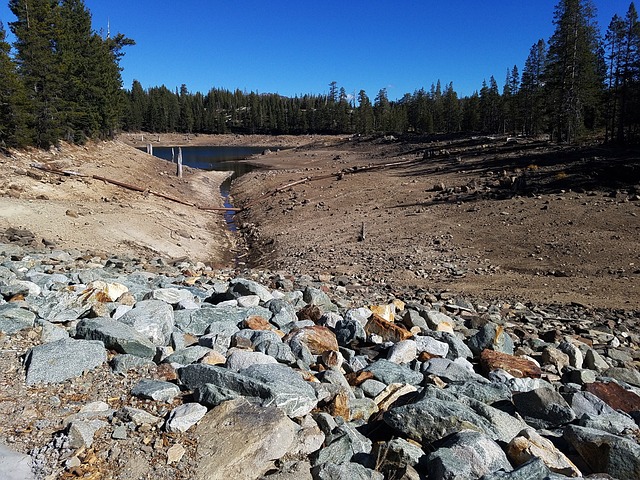Identifying leaks, from minor drips to blocked drains, is crucial for understanding and fixing Causes of Low Water Pressure. Regular checks around fixtures prevent pipe damage, ensure consistent water flow, and maintain an efficient plumbing system. Wet patches, rusted pipes, and visible cracks indicate potential leakages; blockages can also restrict water flow, leading to reduced pressure.
Low water pressure can be a frustrating issue, impacting everything from a simple shower to your home’s overall plumbing system. This comprehensive guide delves into the root causes behind weak water flow, focusing on three primary culprits: leaks, corrosion, and blockages. By understanding these issues, homeowners can identify problems early, prevent extensive damage, and maintain robust water pressure. Learn how to recognize signs, mitigate risks, and implement effective solutions for a thriving plumbing system.
- Identifying Leaks: A Silent Threat to Water Pressure
- – Understanding water leak types and common locations
- – Recognizing signs of leaks in pipes, fixtures, and appliances
Identifying Leaks: A Silent Threat to Water Pressure

Identifying leaks is crucial in understanding and addressing the causes of low water pressure. These silent threats can manifest as tiny drips or noticeable gaps, but their impact on your plumbing system is significant. Over time, even minor leaks can waste vast amounts of water and reduce water pressure throughout your home.
Regular checks for leaks, especially around fixtures and appliances, are essential maintenance practices. Addressing them promptly can prevent further damage to pipes and ensure the consistent flow of water at the desired pressure. By being vigilant about leak detection, homeowners can avoid more serious issues and maintain an efficient plumbing system.
– Understanding water leak types and common locations

Water leaks can manifest in various forms and are a leading cause of low water pressure. The most common types include pipe leaks, toilet leaks, and faucet leaks. These leaks can occur in seemingly unexpected places, such as behind walls, under floors, or within plumbing fixtures themselves. Identifying the source is crucial for effective repair.
Pipe leaks, often caused by corrosion or damage over time, can be insidious, resulting in steady drips that waste significant amounts of water. Toilet leaks, on the other hand, might seem obvious yet can be challenging to pinpoint without professional inspection. Faucet leaks, while easily noticeable, can sometimes be overlooked due to their seemingly minor impact on daily usage. Understanding these leak types and their typical locations is essential for homeowners aiming to address the underlying causes of low water pressure in their homes.
– Recognizing signs of leaks in pipes, fixtures, and appliances

Recognizing leaks is crucial in identifying the causes of low water pressure, as even tiny drips can significantly reduce water flow over time. Keep an eye out for wet patches or stains on walls and ceilings, especially near pipes and fixtures. Regularly check beneath sinks and around toilets for any signs of moisture or water damage. Leaks in appliances like refrigerators or dishwashers can also be culprits; these may present as unexplained water pools or damp areas. Additionally, look for rusted or corroded pipes, which often indicate a leak that needs immediate attention.
If you suspect a leak, investigate further by tracing the affected area and checking for any visible cracks or broken components. Blockages, while not always associated with leaks, can also contribute to low water pressure. Clogged drains, narrow pipes, or debris buildup in water heaters or fixtures can restrict water flow, leading to reduced pressure throughout your plumbing system.
Low water pressure can be a frustrating issue, but understanding the top culprits like leaks, corrosion, and blockages is the first step towards effective troubleshooting. By identifying and addressing these problems promptly, homeowners can significantly improve their water pressure and enjoy a more robust and reliable supply. Regular maintenance and early detection are key to avoiding costly repairs and ensuring a steady flow of water for all your needs.
